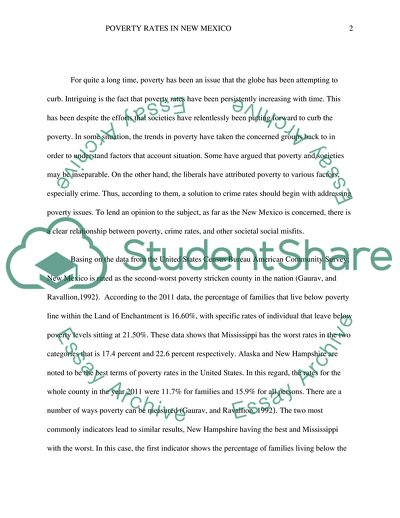Cite this document
(Poverty Rates in New Mexico Coursework Example | Topics and Well Written Essays - 2000 words - 3, n.d.)
Poverty Rates in New Mexico Coursework Example | Topics and Well Written Essays - 2000 words - 3. https://studentshare.org/social-science/1801216-why-is-new-mexico-poor-and-what-should-be-done-about-it
Poverty Rates in New Mexico Coursework Example | Topics and Well Written Essays - 2000 words - 3. https://studentshare.org/social-science/1801216-why-is-new-mexico-poor-and-what-should-be-done-about-it
(Poverty Rates in New Mexico Coursework Example | Topics and Well Written Essays - 2000 Words - 3)
Poverty Rates in New Mexico Coursework Example | Topics and Well Written Essays - 2000 Words - 3. https://studentshare.org/social-science/1801216-why-is-new-mexico-poor-and-what-should-be-done-about-it.
Poverty Rates in New Mexico Coursework Example | Topics and Well Written Essays - 2000 Words - 3. https://studentshare.org/social-science/1801216-why-is-new-mexico-poor-and-what-should-be-done-about-it.
“Poverty Rates in New Mexico Coursework Example | Topics and Well Written Essays - 2000 Words - 3”. https://studentshare.org/social-science/1801216-why-is-new-mexico-poor-and-what-should-be-done-about-it.


